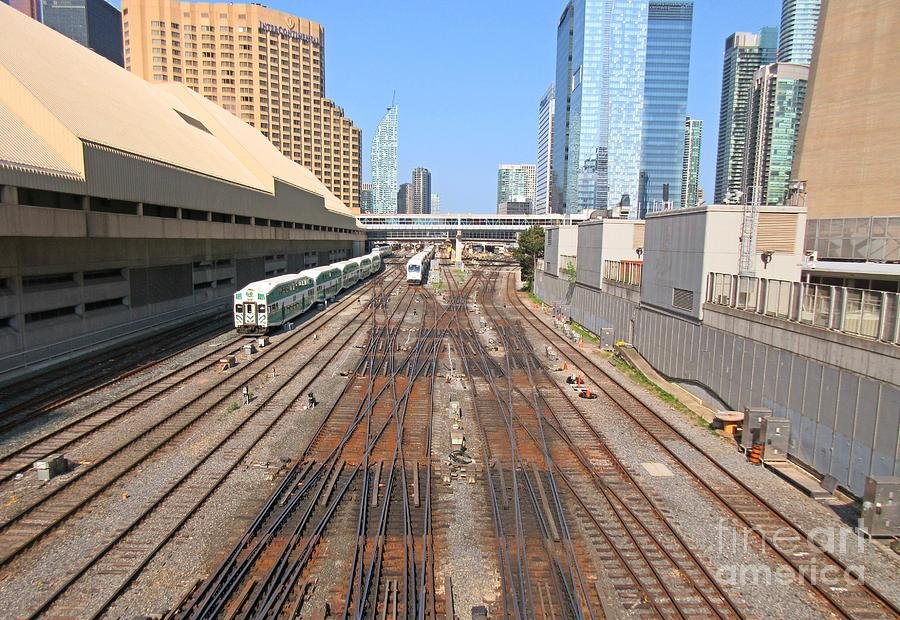















Dean Kahremanis was invited to serve as lead design architect and advisor for the Harvard Graduate School of Design, Advanced Management Development Program (AMDP) in Real Estate. The Architecture & Real Estate Development Team Design Competition Project focused on a site that is located adjacent to the CN Tower in Downtown Toronto, Canada.
Our design & development team:
Mikael Arne Fogemann, Executive Director - Nordic Real Estate, Denmark
Dean Kahremanis, Principal Design Architect - Parabola A+D, Northville, Michigan
Dan Lovell, SIOR, LEED AP, Senior VP - Graham & Co, Birmingham, Alabama
Miles Mathieu, VP of Strategy - HCS, Paris, Texas
Jonathan Mutch, President & Founder - Rehabitat Inc., Montreal (Qc) Canada
Edwin D. Tatum, CEO - TatumTek Modular, Dallas, Texas

This unique opportunity demanded a harmonious blend of urban design and infrastructure reconfiguration to create a thriving, interconnected urban landscape. In addressing this challenge, the redeveloped areas must integrate with the existing city fabric. Moreover, considerations for sustainable development, adaptive reuse, and strategic urban planning played integral roles in the reimagining of these areas. The implementation of innovative architectural solutions and public spaces were fundamental in creating an environment that resonates with the vibrancy of Downtown Toronto, the CN Tower, and elevates the quality of life for its residents.

When project research is complete, the subconscious mind incubates all of the design and development team data. The napkin sketch evolves out of prior analysis of the design program, and ability to evaluate site opportunities and constraints. Through a multidisciplinary team approach to creative problem solving, insights arrive through intuition. A napkin is a preferred tool to rapidly extract ideas and images from the brain for objective analysis. A simple napkin sketch involves intense hand/eye coordination. As the hand continuously sketches, the brain quickly processes line work and provides feedback to the hand. This feedback loop is instantaneous. Often, a simple napkin sketch holds all of the design program elements, that are translated in a graphic design concept.

The relocation of the dated Toronto Convention Center along Front Street West offers an exciting opportunity for our mixed-use development project. Our site design concept encompasses the relocation of the Convention Center, while also incorporating a green roof adorned with trees and walking paths. One of the key design elements of this project involves the integration of the existing linear train tracks below grade. With the tracks out of view, we are able to create new natural park areas and sports fields above, maximizing the use of the available space. This innovative approach not only revitalizes the area but also ensures the efficient utilization of the site, promoting a harmonious coexistence of urban development and natural landscape.

The proposed new location for the Convention Center included roof parks and walkways that connected with an existing bridge to provide a walkable path from our proposed mixed use development to the waterfront.

Our design concept involved relocation of the existing Convention Center, located on Front Street West. The site was in a prime lcoation, and entrance gate to the existing CN Tower.
Cantilevering a new mixed-use building over the existing train tracks demonstrates a thoughtful approach to maximizing the site's potential, while tactfully addressing the view of the train tracks below. This approach could greatly improve the visual aesthetics of the area and contribute to a more engaging urban environment.

We studied the site to determine how our development would fit-in with existing buildings and landscape, and thoughtfully selected a few buildings to demolish to enhance the redevelopment initiative. Our proposed solution required a balance between preserving the historical significance of the railroad tracks and envisioning modern, dynamic spaces that foster connectivity and vitality.

As we studied pedestrian circulation, we decided to build parks and gathering spacers over the existing train tracks. Our site design concept created gathering spaces and public places, while eliminating views of the railroad tracks below.

Our initial design concept that demonstrates how cantilevered our building design over the existing trains below provided an opportunity to increase leasable square foot area, while providing a green roof park above.

Our initiate design concept created a wall in between Front Street West and the CN Tower. However, we identified several strong elements within our initial design concept that carried over into the final design solution;:
Horizontal cantilevered office space at lower level
Parks created above the existing railroad tracks
Retail shopping along Front Street West

We researched the costs and staging requirements to expand the proposed building upward in the future. Although the idea is viable, it proved to be financially infeasible.

…What if the proposed tower could be constructed as two separate buildings, and how would this decision benefit the City of Toronto and the developer?
The space created in between the two proposed towers would create a gateway from Front Street West to the CN Tower
Horizontal cantilevered building projections could be carried upward, increasing leasable square foot area and additional corner units, without increasing the building footprint below
Offering a mixed-use building program (retail, office, and multifamily residential units) mitigates financial risk for the developer
The two towers would be constructed as phase I & II to reduce financial risk for the developer
Providing a park filled with grass and trees over existing train tracks, provides a worthwhile tax incentive as a planned unit development for the real estate developer
Views of park areas and the CN Tower will substantially increase rental rates and overall value of the real estate asset
New retail shopping and restaurants along Front Street West will increase pedestrian flow into the area and provide an incentive for building tenants

Building a park to span-over existing train tracks, we resolved a major issue for the City of Toronto. By creating public gathering spaces to connect with nature, host festivals and sporting events, we created value to an area that was previously defined as unusable.

Connecting pedestrian access at street level along Front Street West, was accomplished by designing new upscale retail shopping into the lower levels. Above the second floor of the proposed mixed use towers, outdoor roof parks, composed of grass, trees, and walkways soften the harsh downtown environment to connect with nature.
